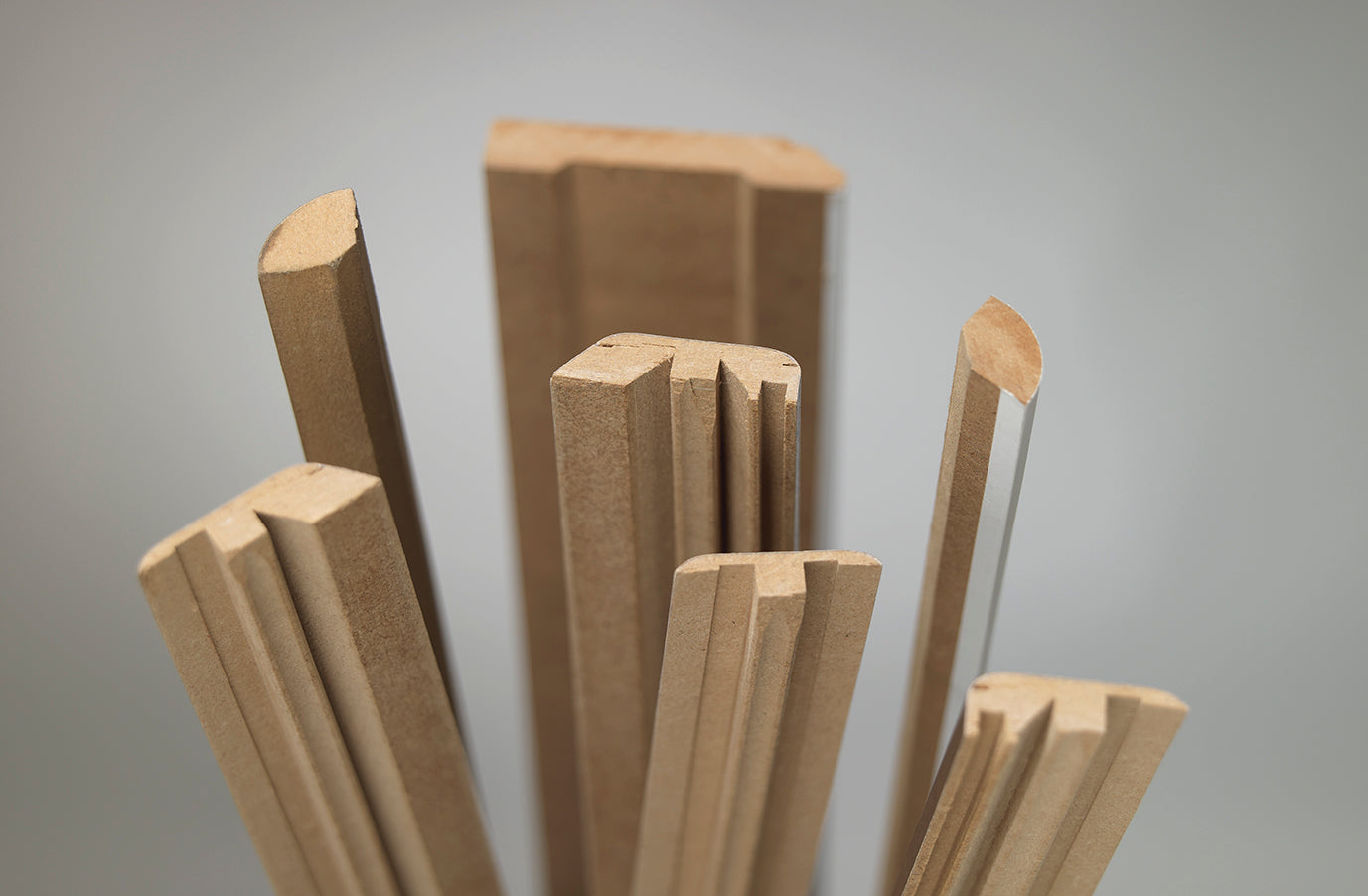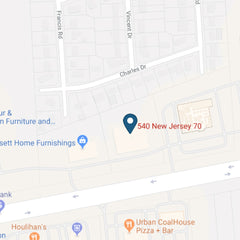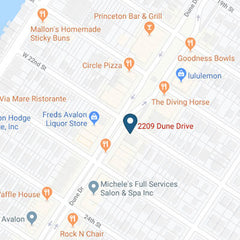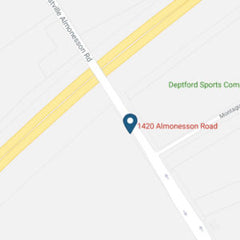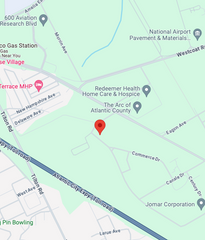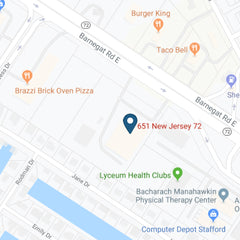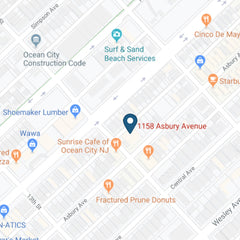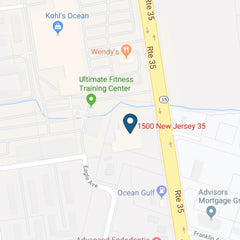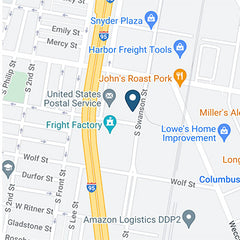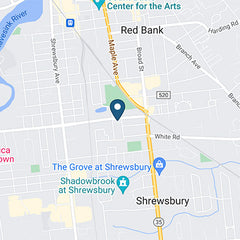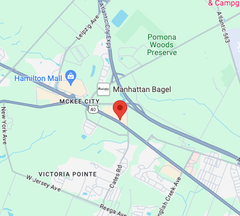When shopping for new flooring there are many important things to consider, from color, to grain variation, to hardness—but what about transition molding? What is transition molding? Well, have you ever noticed pieces of hardwood or laminate that separate rooms that have different flooring? That's transition molding!
Simply put, floor transitions help one surface transition to another so there are no abrupt, unfinished or unprotected edges that could be tripped on. They give a nice coordinating finishing to a beautiful floor, like a frame around a picture.
Choosing Transition Molding
There are many different kinds of transition molding, but here are the five basic types to be aware of:
- Reducer: A reducer is when a hard surface meets up with surface that's lower in height. For example: hardwood meeting up with vinyl.
- T-molding: T-moldings are used to transition two floors of equal height. It can also be used when the flooring continues in through a doorway or passageway to another room. Additionally, some floating floors have length and / or width limitations with how far they can be run continuously. A T-molding can allow these floors to run longer distances by creating the necessary break in the floor.
- Baseboard/Quarter-round: Baseboards/quarter-rounds are used in combination with each other to create a finishing touch around the perimeter of a room
- Stair nose: A stair nose is to be used when flooring meets a step down or a landing. It can also be used on individual stairs.
- Threshold: Threshold molding can be used when a hard surface ends against a vertical surface. For example, it's an ideal choice and fit against carpet.

So to keep your brand new floors looking beautiful for years to come, make sure you don't forget the right transition molding. And if you're not sure which is right for you, ask one of our Avalon Flooring design experts during your flooring purchase.
